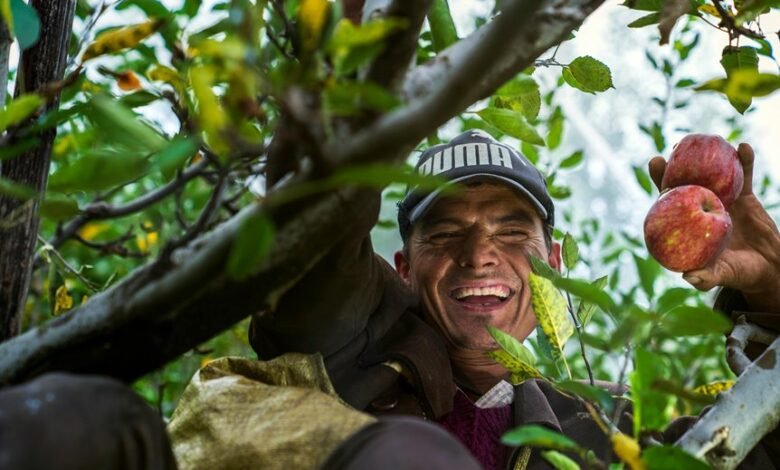Mutf_In: Nipp_Indi_Grow_14uthgc

Mutf_In: Nipp_Indi_Grow_14uthgc stands at the intersection of Japanese and Indian culinary traditions. This movement emphasizes the fusion of flavors and techniques, inviting chefs to innovate. By leveraging technology, it aims to democratize access to diverse culinary experiences. The implications of this collaboration extend beyond taste; they foster cultural exchange and sustainability. As this culinary landscape evolves, one must consider what further transformations lie ahead.
The Concept Behind Mutf_In
Although the concept behind Mutf_In may initially appear complex, it fundamentally revolves around the integration of diverse culinary traditions within a cohesive framework.
This approach emphasizes innovative cooking techniques that harmonize various flavor profiles, allowing for a rich tapestry of tastes. By blending influences, Mutf_In invites culinary explorers to experience the freedom of creative expression in their cooking endeavors.
Cultural Significance and Heritage
Cultural significance and heritage play a pivotal role in the Mutf_In movement, as they serve as the foundation for its innovative culinary expressions.
This movement emphasizes cultural preservation by revitalizing traditional practices, allowing diverse communities to connect through food.
Technological Innovations in Mutf_In
As technology continues to reshape various sectors, the Mutf_In movement has embraced innovative advancements that enhance culinary practices and accessibility.
Digital advancements in culinary technology streamline food preparation, allowing for greater creativity and efficiency.
These innovations not only facilitate unique flavor combinations but also democratize access to diverse culinary experiences, empowering individuals to explore and express their culinary freedom in new and exciting ways.
The Future of Mutf_In and Its Impact
While the Mutf_In movement continues to evolve, its future promises to significantly influence culinary landscapes worldwide.
Emphasizing sustainability practices, it aims to foster environmentally responsible food systems. Additionally, global collaborations will enhance the exchange of ideas and techniques, enriching diverse culinary traditions.
As Mutf_In gains momentum, it has the potential to reshape consumer choices and inspire innovative approaches to gastronomy.
Conclusion
In an era where culinary boundaries are delightfully blurred, Mutf_In stands as a testament to innovation and cultural exchange. Ironically, while it champions diversity in flavors and techniques, it simultaneously risks diluting the rich traditions it seeks to celebrate. As chefs embrace technology to craft these vibrant fusions, one must ponder if the essence of authenticity is sacrificed on the altar of convenience. Thus, the future of Mutf_In beckons both excitement and caution in equal measure.





